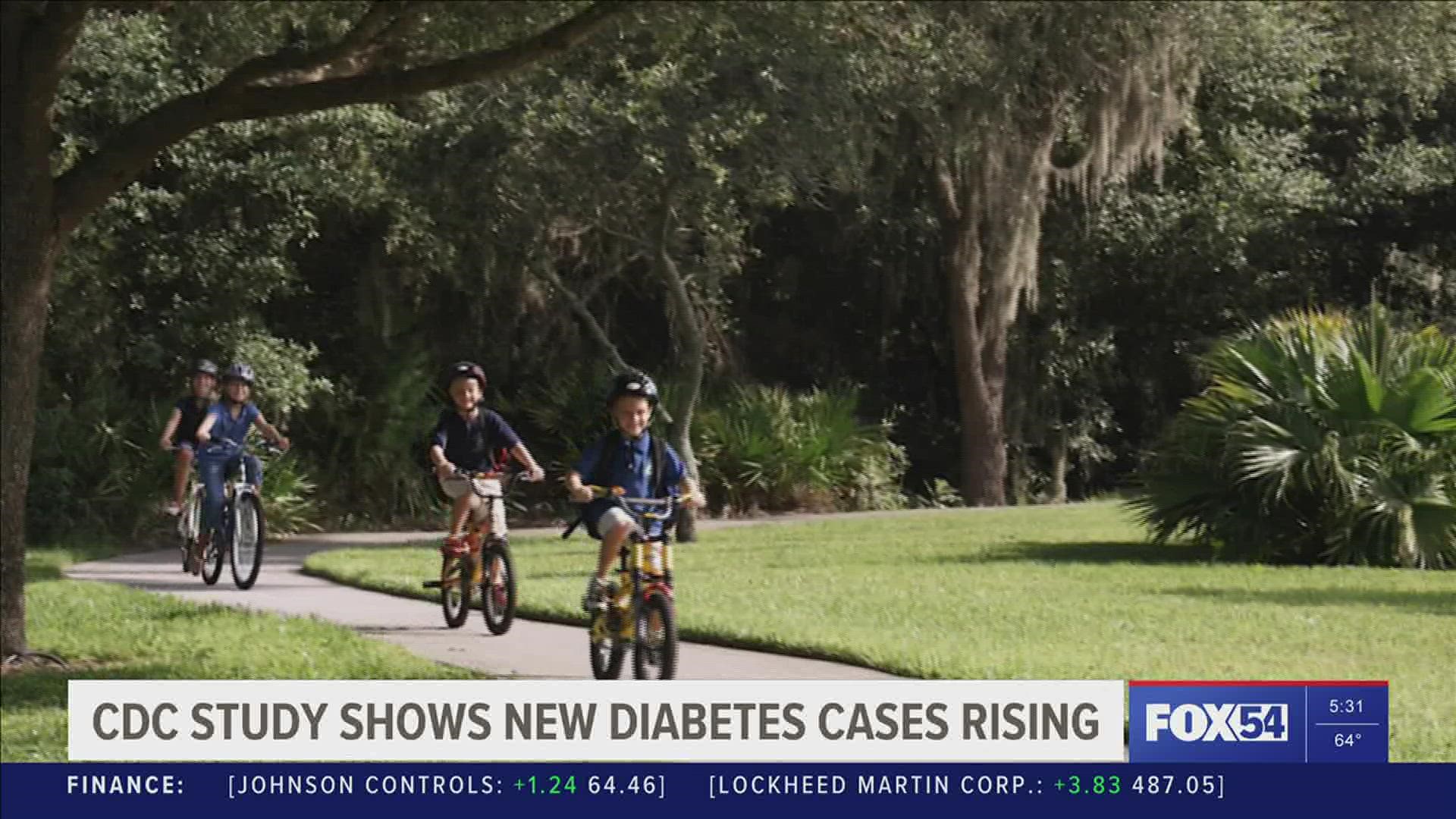HUNTSVILLE, Ala. — The rate of new cases of type 2 diabetes nearly doubled among Alabama children during the pandemic. Researchers found that boys and Medicaid enrollees had the highest risk of developing the disorder.
If not properly treated, type 2 diabetes can cause nerve and blood vessel damage. It can also damage the kidneys and cause slow healing of wounds.
The number of young people under age 20 with diabetes in the United States is likely to increase more rapidly in future decades, according to a new modeling study published today in Diabetes Care. Researchers forecasted a growing number of people under age 20 newly diagnosed with diabetes during 2017–2060.
When it comes to COVID's role in this, Dr. Web Stubblefield with the Alabama Department of Public Health says there aren't definite connections." The question is that, is it somehow tied to COVID 19?" said Stubblefield. "There have been some studies that have shown that children who are diagnosed with COVID-19 were more likely to be diagnosed with diabetes, although other studies were conflicting on that, and so it still deserves study, but there is mounting evidence out there that this may be real."
Researchers looked at new cases of type 2 diabetes between March 2017 and March 2021. Before the start of the pandemic, the average monthly rate of new cases was 11.1. After April 2020, the average rate of new cases per month soared to 19.3.
Type 1 diabetes remains more common in U.S. youth, but type 2 diabetes has substantially increased among young people over the last two decades. Given this upward trend, a total of 526,000 young people may have diabetes (including both type 1 and type 2 diabetes) by 2060. Comparatively, 213,000 young people in the United States had diabetes in 2017.
Researchers noted that further studies are needed to determine what role lifestyle changes may have played in increased diabetes cases. They also do not know whether the patients tested positive for COVID-19.
"It is tied to both genetic factors and also to weight, Dr. Stubblefield says." We do know that BMI rates in children did go up in the pandemic, that's also been studied. We also know that people didn't go to the doctors as often during a pandemic, and to see that people were being diagnosed with a condition even though there was less health care that was being utilized is somewhat concerning.
When it comes to type 2 diabetes, knowing family history can be a preventative measure.
"If you have a family history, if you have multiple adults in the family that are diabetic and became diabetic as adults, that's a strong risk factor, he says. "And again, weight does play into that, so maintaining a healthy diet, maintaining a healthy weight, getting regular exercise are all very important.
Low-income and minority children have higher risks for type 2 diabetes, according to a press release. Physical activity and healthy foods can help prevent the disease but may be more difficult to access for those with limited resources.

